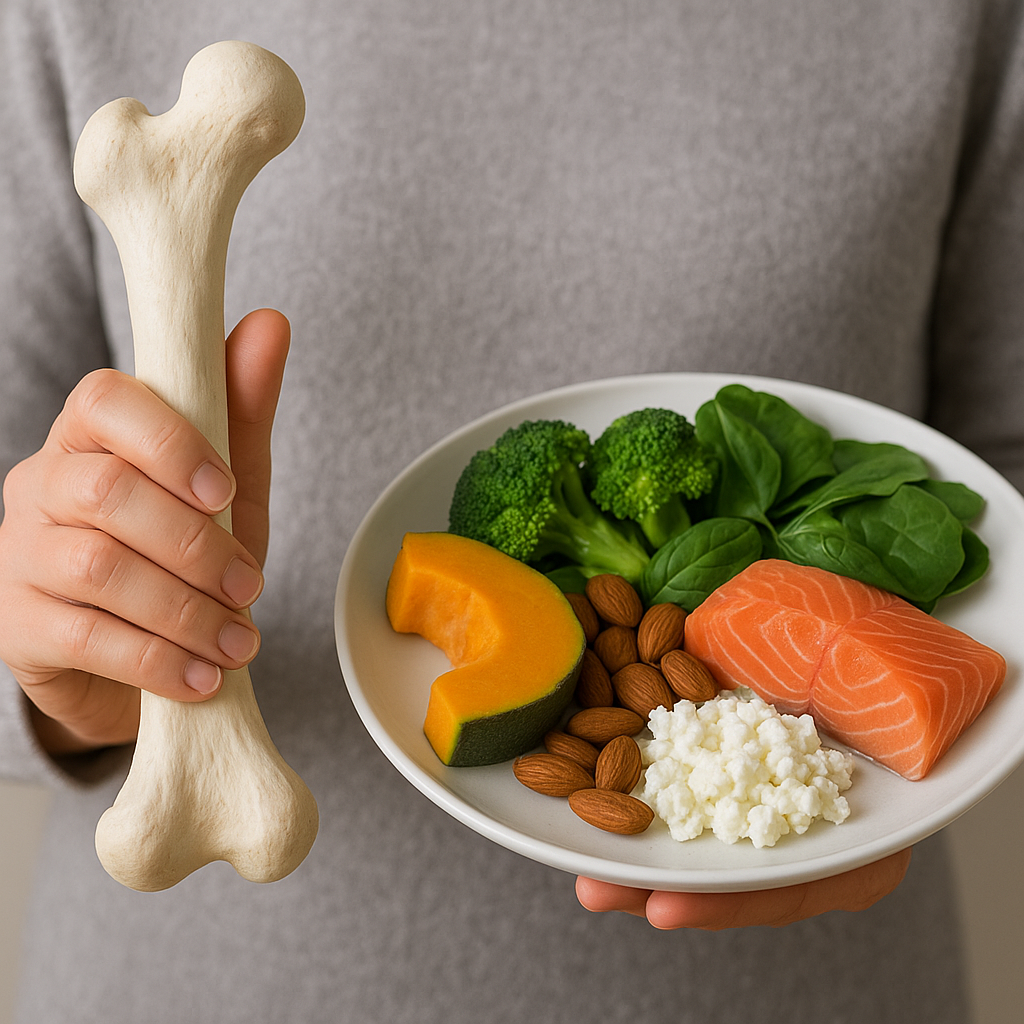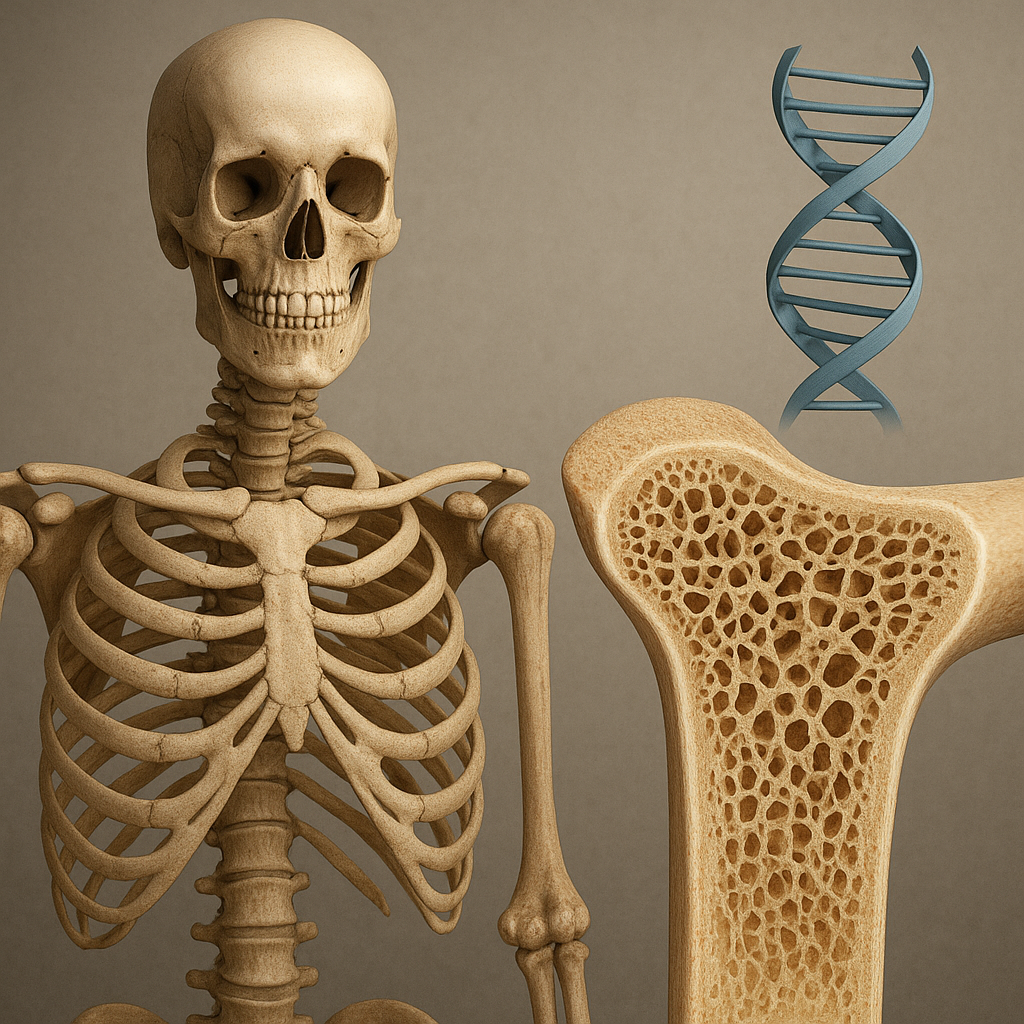The process of bone growth is a fascinating journey that begins in infancy and continues into adulthood. Understanding how bones develop and change over time is crucial for grasping the complexities of human growth and health. This article will explore the stages of bone growth, the factors that influence it, and the implications for overall well-being.
The Stages of Bone Growth
Bone growth occurs in several distinct stages, each characterized by unique processes and changes. These stages can be broadly categorized into infancy, childhood, adolescence, and adulthood.
Infancy
During infancy, the human skeleton is primarily composed of cartilage, a flexible tissue that gradually transforms into bone through a process known as ossification. At birth, a baby’s skeleton consists of approximately 270 bones, many of which are still cartilaginous. As the infant grows, some of these bones fuse together, resulting in a total of 206 bones in adulthood.
The growth plates, or epiphyseal plates, located at the ends of long bones, play a crucial role during this stage. These plates are areas of growing tissue that allow bones to lengthen. In infants, these growth plates are open, enabling rapid growth. Nutrition, particularly adequate intake of calcium and vitamin D, is vital during this period to support healthy bone development.
Childhood
As children grow, their bones continue to develop and strengthen. The process of ossification accelerates, and the growth plates remain active, allowing for significant increases in height. During childhood, bones become denser and more robust, thanks to the deposition of minerals such as calcium and phosphorus.
Physical activity plays a critical role in bone health during this stage. Weight-bearing exercises, such as running and jumping, stimulate bone formation and help increase bone density. Additionally, a balanced diet rich in essential nutrients supports optimal growth and development.
Adolescence
The adolescent stage is marked by a growth spurt, typically occurring between the ages of 10 and 14 for girls and 12 and 16 for boys. This period is characterized by rapid increases in height and changes in body composition. Hormonal changes, particularly the surge in sex hormones like estrogen and testosterone, significantly influence bone growth during adolescence.
During this time, the growth plates continue to be active, but they will eventually close as individuals reach their maximum height. The timing of growth plate closure varies among individuals and is influenced by genetic factors, nutrition, and overall health. Once the growth plates close, bones can no longer lengthen, marking the end of the growth phase.
Adulthood
In adulthood, bone growth transitions from a phase of development to a phase of maintenance. While bones no longer grow in length, they continue to undergo a process called remodeling, where old bone tissue is replaced with new tissue. This process is essential for maintaining bone strength and integrity throughout life.
Bone density typically peaks in the late 20s to early 30s. After this peak, individuals may begin to experience a gradual decline in bone density, particularly in women after menopause due to decreased estrogen levels. This decline can increase the risk of osteoporosis, a condition characterized by weak and brittle bones.
Factors Influencing Bone Growth
Several factors influence the growth and health of bones throughout a person’s life. These factors can be categorized into genetic, nutritional, hormonal, and lifestyle influences.
Genetic Factors
Genetics play a significant role in determining an individual’s bone structure, density, and overall growth patterns. Family history can provide insights into potential bone health issues, such as osteoporosis or other skeletal disorders. Genetic variations can also influence the timing of growth spurts and the closure of growth plates.
Nutritional Factors
Nutrition is a critical component of bone health. Adequate intake of essential nutrients, particularly calcium and vitamin D, is vital for bone development and maintenance. Calcium is a key mineral that contributes to bone density, while vitamin D helps the body absorb calcium effectively.
Other nutrients, such as magnesium, phosphorus, and vitamin K, also play important roles in bone health. A balanced diet that includes dairy products, leafy greens, nuts, seeds, and fish can help ensure that individuals receive the necessary nutrients for optimal bone growth.
Hormonal Factors
Hormones significantly influence bone growth and density. During puberty, the surge in sex hormones promotes rapid bone growth and increases bone density. Conversely, hormonal changes during menopause can lead to a decrease in bone density, particularly in women.
Other hormones, such as parathyroid hormone and calcitonin, also play roles in regulating calcium levels in the body and influencing bone remodeling. Maintaining hormonal balance is essential for supporting healthy bone growth and preventing bone-related disorders.
Lifestyle Factors
Lifestyle choices have a profound impact on bone health. Regular physical activity, particularly weight-bearing exercises, is crucial for stimulating bone formation and maintaining bone density. Engaging in activities such as walking, running, dancing, and resistance training can help strengthen bones and reduce the risk of osteoporosis.
On the other hand, sedentary lifestyles can contribute to decreased bone density and increased risk of fractures. Additionally, habits such as smoking and excessive alcohol consumption can negatively affect bone health, leading to weakened bones and increased susceptibility to injury.
Conclusion
The journey of bone growth from infancy to adulthood is a complex and dynamic process influenced by a multitude of factors. Understanding the stages of bone development and the elements that contribute to bone health is essential for promoting lifelong well-being. By prioritizing nutrition, physical activity, and healthy lifestyle choices, individuals can support their bone health and reduce the risk of bone-related disorders as they age.
As research continues to evolve, it is crucial to stay informed about the latest findings in bone health and to adopt practices that foster strong and resilient bones throughout life.













